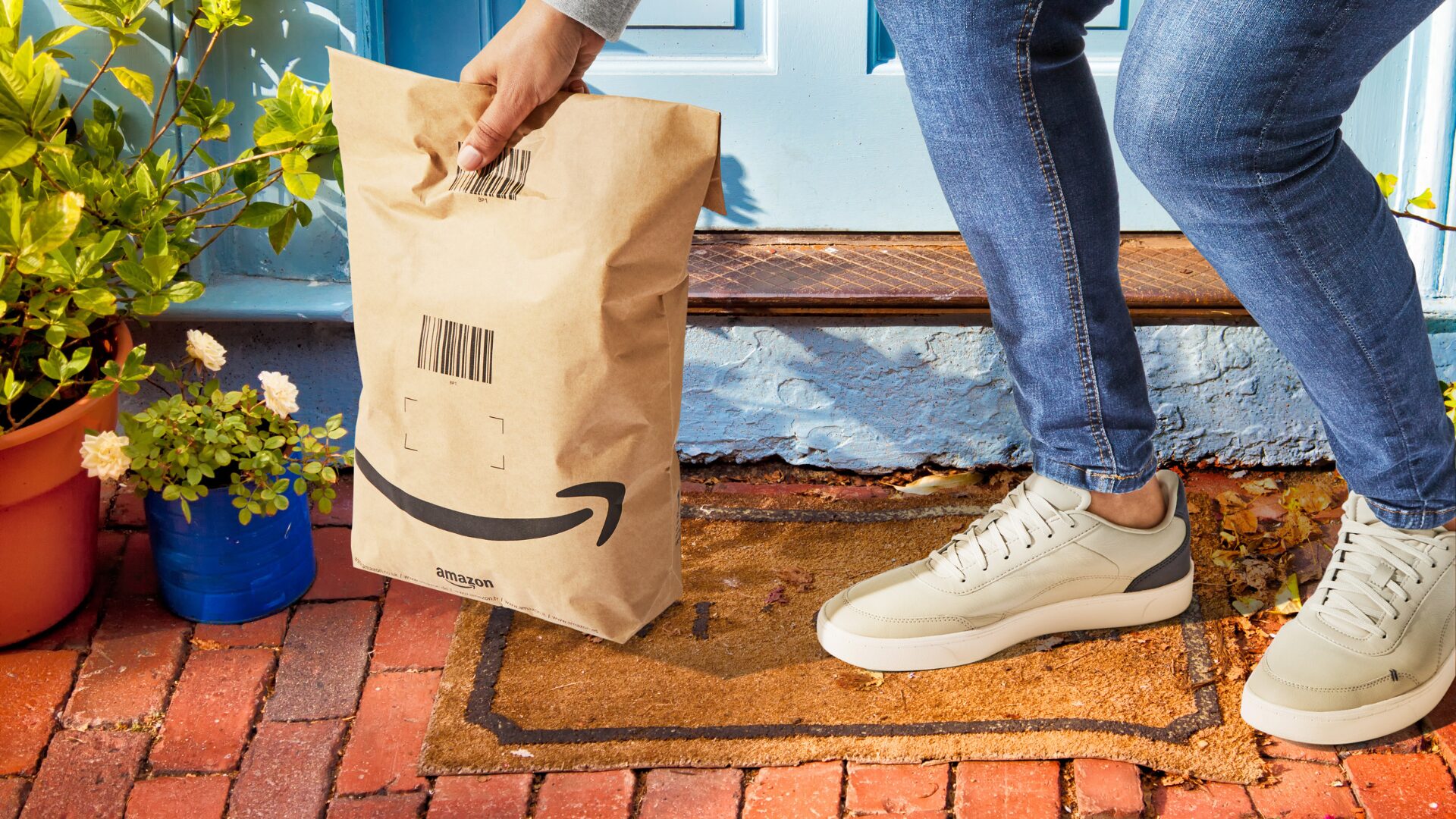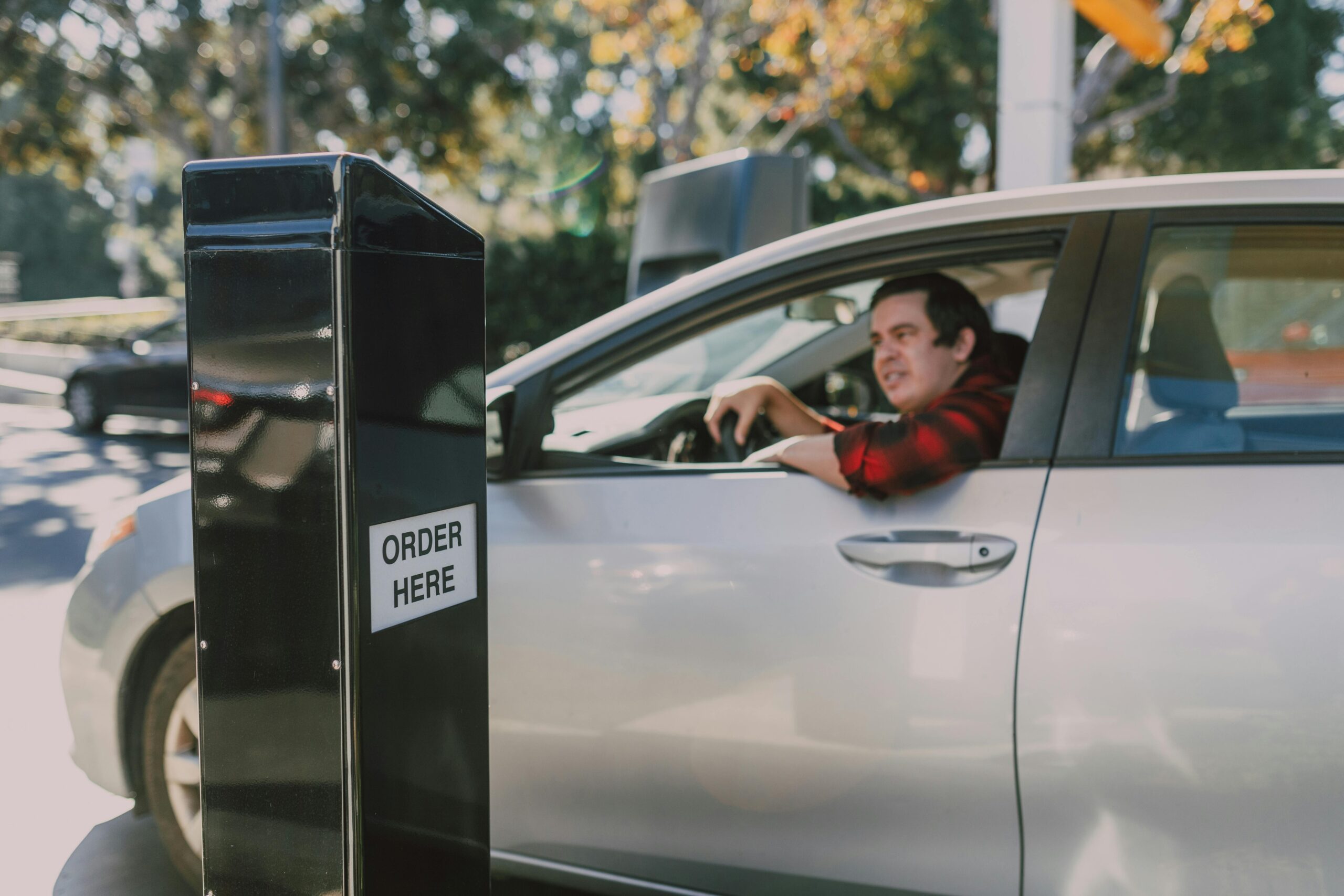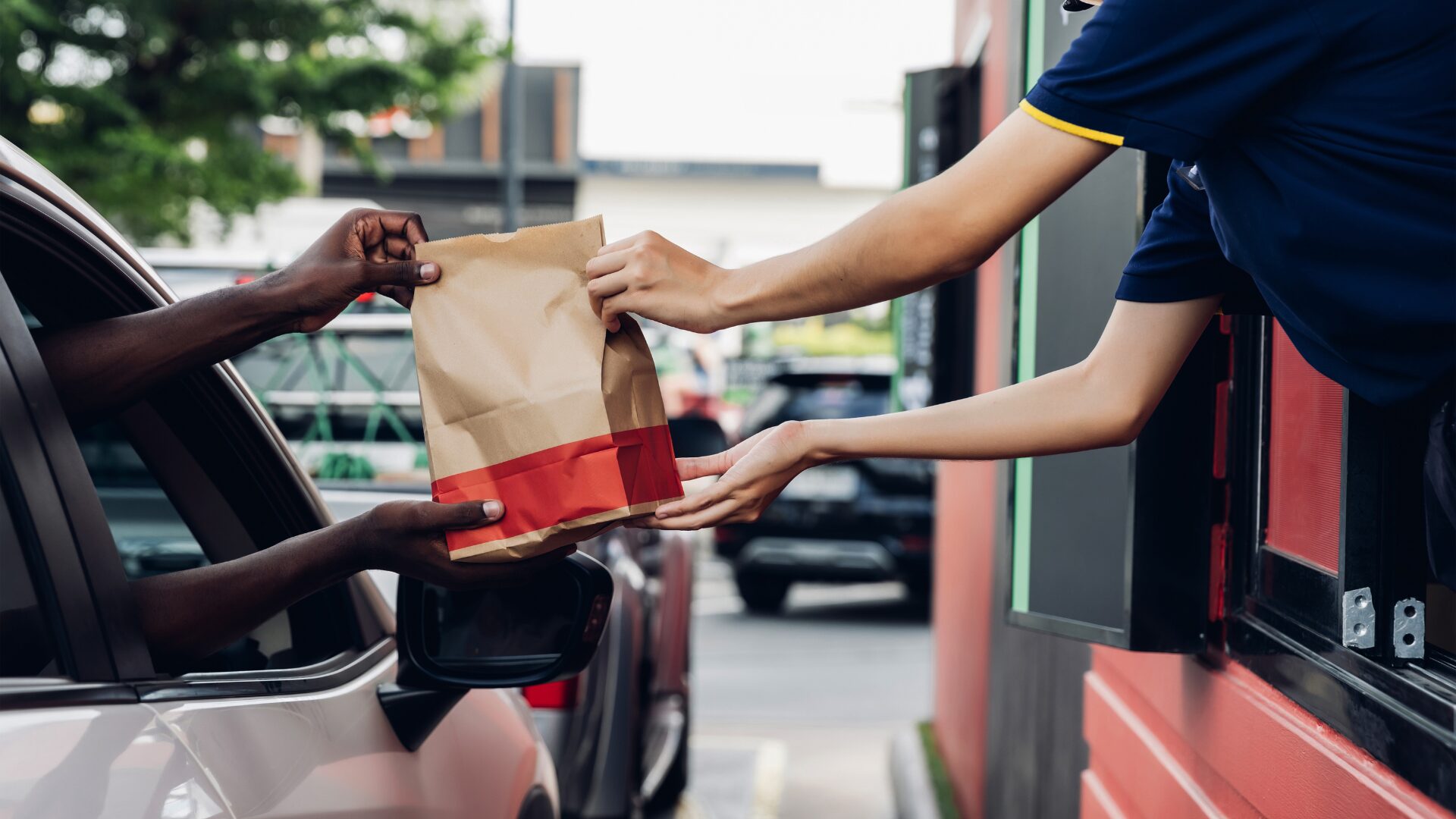Has the would-be darling of pandemic-era restaurants – the ghost kitchen – been resurrected by Denny’s, or will the chain’s recent 250-unit commitment fail to breathe fresh life into this novel, if challenging, limb of the foodservice industry?
In early January, it was widely reported that Denny’s Diner had signed a 250-unit deal with ghost-kitchen specialist Franklin Junction, a business that often serves as liaison between brands hoping to expand their sales turf without developing more and/or newer restaurants and site builds and kitchen operations willing to rent their food prep spaces.
The announcement failed to address whether the sites would serve as ghost kitchens for Franklin partners or if they’d be the ones serving as the kitchens themselves. Denny’s also has two virtual brands, The Burger Den and The Melt Down, which could also benefit from third-party facilities.
As the breakfast daypart business heats up for many chains around the country (and as McDonald’s new concept CosMc’s carves out a space of its own in the afternoon/beverage-oriented sector), longtime legacy brands such as Denny’s have been forced to re-evaluate their menus, their consumers, and especially how they should (and often need) to adapt to how fundamentally different the restaurant foodscape looks from just a few years ago.
Buoyed by the Breakfast Boom
Technomic recently published a white paper proclaiming “a breakfast boom…as a satisfying, yet more affordable restaurant occasion” in 2024 and beyond. Can Denny’s take advantage?
“The recent struggles by many ghost kitchen operators show how difficult it is to develop a brand without a physical store presence, especially when combined with higher food and labor costs,” said R.J. Hottovy, head of analytical research at Placer.ai, to The Food Institute.
“The economics of ghost kitchens make them difficult to succeed on a standalone basis,” he added.
“Other restaurant brands have successfully operated a delivery service out of their existing locations like Panera, and the inclusion of AI can potentially streamline some of the costs involved with these businesses in the future.”
The Ebb and Flow of Pancakes and Product
Perhaps in the case of Denny’s new deal, the first law of thermodynamics applies, which states that energy can neither be created nor destroyed; it merely changes forms.
That’s how Bob Vergidis sees it, at least. Vergidis is chief vision officer at pointofsale.cloud.
“Ghost kitchens must remove the moniker of being a ‘ghost’ and now need to be visible to matter. This may seem counterintuitive, however, being visible is the key to building brand recognition as well as offering customers new and cheaper ways to get their food.“
From Walmart’s recent commitment to expanded drone delivery to grocers like Albertsons incentivizing health to get consumers through the door (and food in their carts), finding new ways for customers to get food has never been more exciting, relentless, and necessary to compete in today’s market, and with today’s loyalty-free consumer.
“The premise of ghost kitchens was to offer cheap space in an undesirable location since customers would never see it,” Vergidis added. “The next generation of ghost kitchens will be in highly visible environments making pickup and delivery convenient from a location that customers pass by every day.”
Vergidis noted that ghost kitchens rose out of necessity from the pandemic and the advent of third-party delivery services. Now that the global health scare has abated and consumers are getting out more, can the ghost kitchen concept as originally conceived survive?
One developer thinks so. Former Jimmy John’s CEO Gregg Majewski says he has a model that works with his portfolio company Craveworthy Brands, which includes legacy operations Genghis Grill, BD’s Mongolian Grill, Flat Top Grill, and several newer concepts including wings concept Wing It On!, Krafted Burger Bar + Tap, and Budlong Southern Chicken. All told, Craveworthy operates about 55 kitchens in 20 markets.
Per Restaurant Business, Majewski has big plans for the ghost kitchen for 2024. He’s rolling out Craveworthy Kitchen and many newer virtual brands. Majewski hopes to create secondary brands that offer his franchise operators additional revenue streams without needing new equipment, more space, and in some cases even separate back-of-house operations.
Majewski knows ghost kitchens have struggled. Nonetheless – under the Craveworthy Kitchen banner – Majewski says boo! to detractors and hopes to change that perception in a big way.
“We control the food quality,” he said. “We control the branding, the atmosphere and the fun,” he said.
Perhaps he’s onto something – in tests at two locations last year, he said the units saw between $150,000 and $200,000 in incremental top-line sales from the virtual brands. In short, the group’s multi-brand model will reward operators under the Craveworthy Kitchen banner, doing more with less out of a single space.
As for Denny’s, perhaps the renowned diner knows something the rest of the industry does not. Denny’s has a second brick-and-mortar concept – Keke’s – that recently debuted in Florida on the heels of a decent end to fiscal-year 2023, where the popular diner reported systemwide same-store sales rose 1.3% for the quarter and 3.5% on the year.
The Food Institute Podcast
With New Years’ resolutions in full swing for January, how are consumers adjusting their diets for a healthier lifestyle? Marie Molde, a registered dietitian with Datassential, joins The Food Institute Podcast to discuss consumers’ health goals, the rise of mushrooms, emerging health-focused restaurant concepts, and the impact of GLP-1 drugs on the food industry.












